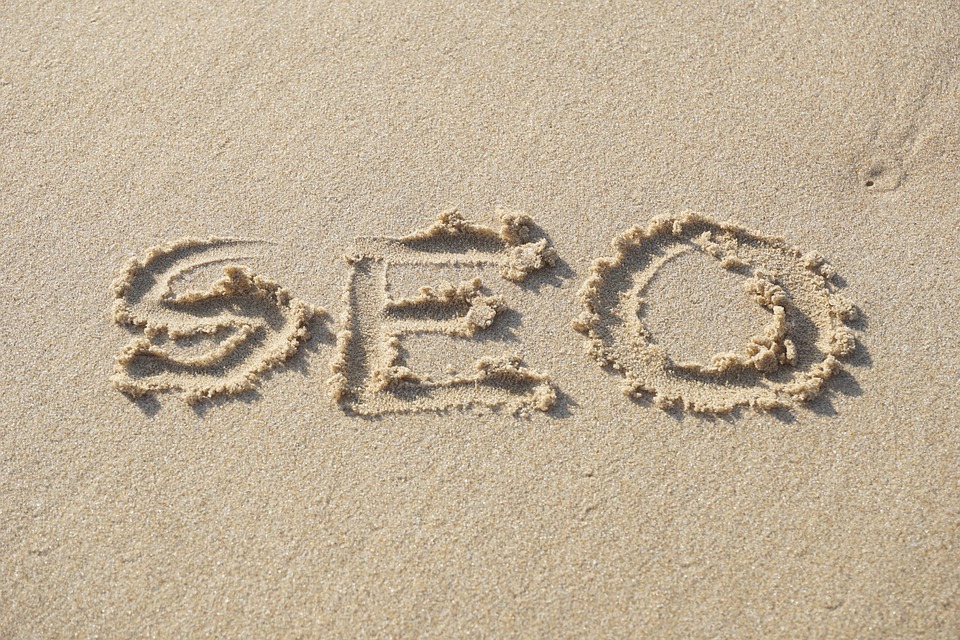
The Complete On-Page seo Checklist: Ensure Your Website’s Success
When it comes to improving your website’s search engine rankings, on-page seo is a crucial factor. With proper optimization techniques, you can boost your website’s visibility, drive more organic traffic, and ultimately increase your online success. However, executing a comprehensive on-page seo strategy can be overwhelming, especially if you are new to the field. To help you out, we have compiled a complete on-page seo checklist that will ensure your website’s success.
1. Keyword Research and Selection
Keyword research lays the foundation for your on-page seo efforts. Start by identifying relevant keywords that align with your business, products, or services. Make use of keyword research tools to analyze search volumes, competition, and user intent. Choose long-tail keywords that have moderate search volumes and low competition.
2. Title Tag Optimization
The title tag is one of the most important on-page seo elements. It appears as the clickable headline in search engine results. Ensure that your title tag includes your primary keyword, is compelling, concise, and under 60 characters. This will help improve both user experience and search engine visibility.
3. Meta Description Optimization
The meta description is a brief summary of a web page that appears below the title tag in search engine results. Although it doesn’t directly affect rankings, a well-crafted meta description can improve click-through rates. Use your primary keyword naturally within the meta description, making it compelling and enticing for users to click.
4. URL Structure
Your URL structure should be user-friendly and include your primary keyword. Avoid using excessive numbers or special characters. Instead, use short and descriptive URLs that give users an idea of the content they’ll find on the page.
5. Header Tags (H1, H2, H3)
Header tags structure your content and make it more readable for users. The H1 tag should contain your primary keyword and serve as the main heading of the page. Subsequent header tags (H2, H3, etc.) can be used as subheadings to organize your content appropriately.
6. Keyword Placement in Content
Strategically place your primary keyword within your content, ensuring it flows naturally. Avoid keyword stuffing, as it can lead to penalties from search engines. Instead, focus on providing high-quality, informative, and engaging content that satisfies user intent.
7. Image Optimization
Images contribute to the overall user experience, and optimizing them properly can positively impact your website’s rankings. Include alt text for each image, incorporating your primary keyword where relevant. Compress your images and use the appropriate file formats to ensure speedy page loading times.
8. Internal Linking
Internal linking is vital for search engines to crawl and index your website effectively. Link related pages using descriptive anchor text that incorporates your primary keyword. This helps search engines understand the content hierarchy on your site and establishes relevancy.
9. Mobile-Friendliness
In today’s mobile-centric world, having a mobile-friendly website is critical. Ensure that your website is responsive and provides an optimal viewing experience across different devices. Test your site’s mobile friendliness using Google‘s Mobile-Friendly Test tool.
10. Page Speed Optimization
Page speed is a crucial ranking factor, as it directly affects user experience. Optimize your website’s loading speed by compressing images, utilizing browser caching, and minifying CSS and JavaScript files. Test your page speed using tools like Google PageSpeed Insights and make the necessary improvements.
Conclusion
Implementing an on-page seo checklist ensures that your website is well-optimized for search engines and provides a smooth user experience. By conducting thorough keyword research, optimizing meta tags, improving URL structures, and following other on-page seo best practices, you’ll increase your website’s chances of ranking higher in search engine results, driving more organic traffic, and ultimately achieving online success.
FAQs
1. What is on-page seo?
On-page seo refers to the practice of optimizing individual web pages to improve their search engine rankings and drive relevant organic traffic. It involves optimizing various on-page elements such as title tags, meta descriptions, headings, content, and more.
2. Why is on-page seo important?
On-page seo plays a crucial role in improving your website’s visibility in search engine results. By optimizing your web pages, you make it easier for search engines to understand and index your content, thereby increasing your chances of ranking higher. Additionally, on-page seo also enhances user experience, which leads to lower bounce rates and higher engagement.
3. How often should I update my on-page seo?
On-page seo is not a one-time task; it requires continuous monitoring and updating. Stay up-to-date with the latest seo best practices and algorithm changes. Regularly review and optimize your on-page elements to align with any new strategies or guidelines.
4. Can I achieve seo success with on-page optimization alone?
While on-page seo is an essential component of your overall seo strategy, it should be complemented with off-page seo efforts. Off-page factors like backlinks, social signals, and online reputation also contribute significantly to your website’s success in search rankings.
5. Is on-page seo different from technical seo?
On-page seo and technical seo are interconnected but focus on different aspects. On-page seo primarily concentrates on optimizing content, meta tags, and other on-page elements. Technical seo, on the other hand, deals with improving website infrastructure, such as site speed, crawlability, and indexability.
Remember, an effective on-page seo strategy can significantly impact your website’s visibility and online success. By following this complete on-page seo checklist, you’ll be on your way to improving your search engine rankings, attracting more organic traffic, and achieving your desired seo goals.





